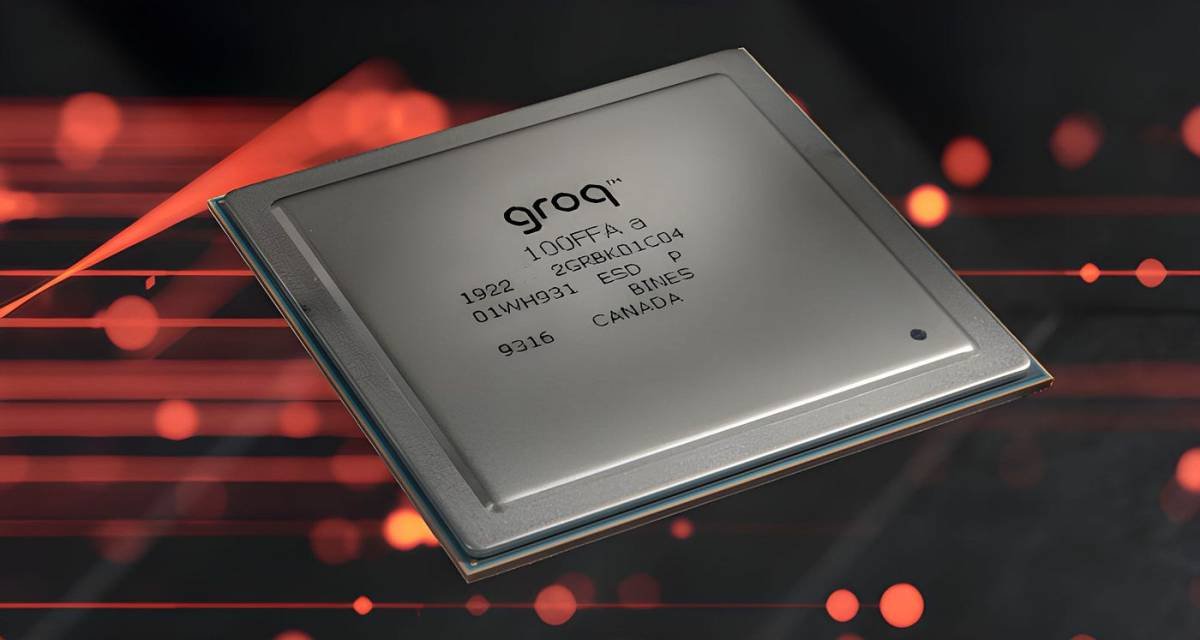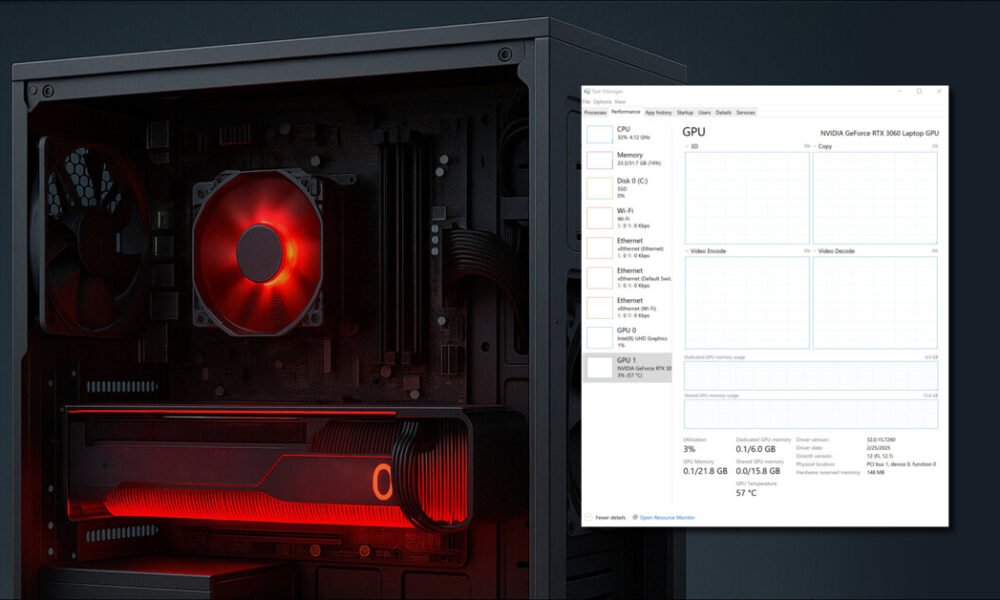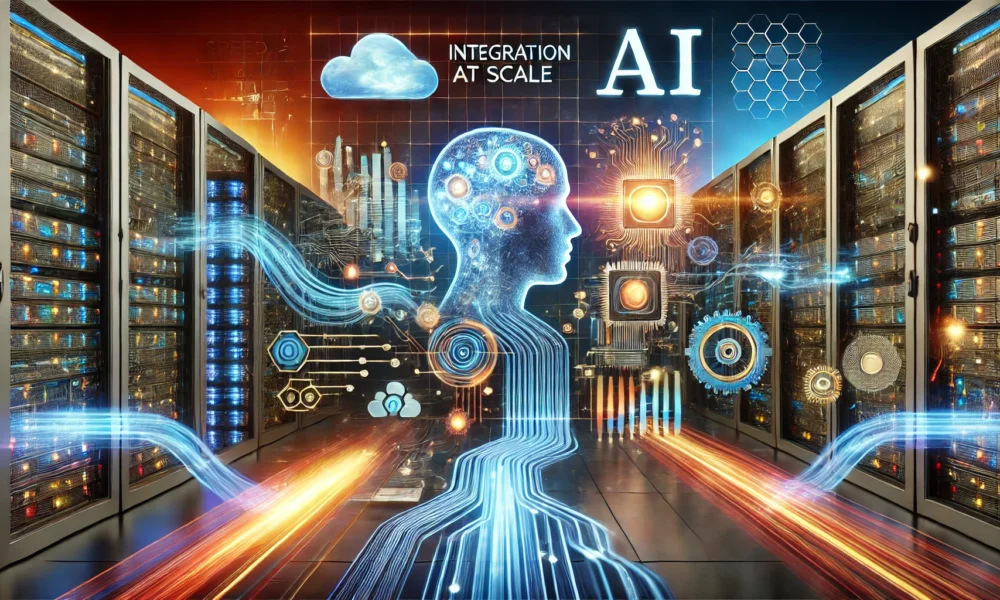NVIDIA Cosmos: Revolutionizing the Development of Physical AI
The evolution of physical AI systems—ranging from factory robots to autonomous vehicles—depends on the availability of extensive, high-quality datasets for training. However, gathering real-world data can be expensive, challenging, and is often monopolized by a handful of tech giants. NVIDIA’s Cosmos platform effectively addresses this issue by leveraging advanced physics simulations to create realistic synthetic data on a massive scale. This innovation allows engineers to train AI models more efficiently, bypassing the costs and delays of traditional data collection. This article explores how Cosmos enhances access to crucial training data, speeding up the development of safe and reliable AI technologies for real-world applications.
What is Physical AI?
Physical AI refers to artificial intelligence systems that perceive, comprehend, and act within physical environments. Unlike conventional AI that focuses on text or images, physical AI engages with complex real-world instances like spatial dynamics and environmental variability. For instance, self-driving cars must identify pedestrians, anticipate their movements, and alter their course in real-time while factoring in elements such as weather conditions and road types. Likewise, warehouse robots are required to skillfully navigate obstacles and handle objects with accuracy.
Creating physical AI is demanding, primarily due to the immense data required to train models on diverse real-world experiences. Collecting this data, whether through extensive driving footage or robotic action demonstrations, often proves labor-intensive and financially burdensome. Testing these AI systems in real-world settings also carries risks, as errors can result in accidents. NVIDIA Cosmos alleviates these concerns by utilizing physics-based simulations to generate realistic synthetic data, thereby streamlining and expediting the development of physical AI solutions.
Discovering World Foundation Models (WFMs)
At the foundation of NVIDIA Cosmos lies a suite of AI models known as world foundation models (WFMs). These models are designed to replicate virtual settings that closely resemble the physical world. By producing physics-aware videos and scenarios, WFMs simulate realistic object interactions based on spatial relationships and physical principles. For example, a WFM might illustrate a car navigating through a rainstorm, revealing the impact of water on traction or how headlights interact with wet surfaces.
WFMs are essential for advancing physical AI, as they provide controlled environments for training and evaluating AI systems safely. Rather than resorting to real-world data collection, developers can create synthetic datasets—realistic simulations tailored to specific interactions and environments. This methodology not only cuts costs but also accelerates development, allowing for the exploration of complex and rare scenarios (like unique traffic conditions) without the dangers associated with real-world trials. WFMs, akin to large language models, can be fine-tuned for specialized tasks.
Unveiling NVIDIA Cosmos
NVIDIA Cosmos is a robust platform that empowers developers to design and customize WFMs for various physical AI applications, especially in autonomous vehicles (AVs) and robotics. Integrating advanced generative models, data processing capabilities, and safety protocols, Cosmos facilitates the development of AI systems capable of interacting with the physical environment. The platform is open-source, granting developers access to models under permissive licenses.
Key components of the platform include:
- Generative World Foundation Models (WFMs): Pre-trained models simulating realistic physical environments and interactions.
- Advanced Tokenizers: Efficient tools for compressing and processing data, resulting in quicker model training.
- Accelerated Data Processing Pipeline: A robust system for managing extensive datasets, powered by NVIDIA’s cutting-edge computing infrastructure.
A notable feature of Cosmos is its reasoning model for physical AI. This model equips developers to create and adapt virtual worlds tailored to their specific needs, such as assessing a robot’s capability to pick up objects or evaluating an AV’s reaction to sudden obstacles.
Key Features of NVIDIA Cosmos
NVIDIA Cosmos encompasses a variety of components aimed at overcoming specific challenges in the development of physical AI:
- Cosmos Transfer WFMs: Models that process structured video inputs—such as segmentation maps, depth maps, or lidar scans—and output controllable, photorealistic videos. These are vital for generating synthetic data to train perception AI, enhancing the capability of AVs to recognize objects or enabling robots to understand their environment.
- Cosmos Predict WFMs: These models create virtual world states from multimodal inputs (text, images, video) and can forecast future scenarios while supporting multi-frame generation for complex sequences. Developers can customize these models using NVIDIA’s physical AI dataset for specific predictions, like anticipating pedestrian behavior or robotic movements.
- Cosmos Reason WFM: A fully customizable WFM equipped with spatiotemporal awareness, allowing it to understand both spatial connections and their evolution over time. Utilizing chain-of-thought reasoning, the model can analyze video data to predict outcomes, such as potential pedestrian crossing or falling objects.
Impactful Applications and Use Cases
NVIDIA Cosmos is already making waves in various industries, with prominent companies leveraging the platform for their physical AI projects. Examples of early adopters demonstrate the versatility and significance of Cosmos across multiple sectors:
- 1X: Employing Cosmos for advanced robotics to enhance AI-driven automation.
- Agility Robotics: Furthering their collaboration with NVIDIA to harness Cosmos for humanoid robotic systems.
- Figure AI: Utilizing Cosmos to advance humanoid robotics capabilities for performing complex tasks.
- Foretellix: Applying Cosmos in autonomous vehicle simulations to create a broad range of testing conditions.
- Skild AI: Leveraging Cosmos for developing AI-driven solutions in various applications.
- Uber: Integrating Cosmos into their autonomous vehicle initiatives to enhance training data for self-driving systems.
- Oxa: Utilizing Cosmos to expedite automation in industrial mobility.
- Virtual Incision: Exploring Cosmos for surgical robotics to elevate precision in medical practices.
These examples highlight how Cosmos effectively meets diverse needs across industries, from transportation to healthcare, by providing synthetic data for training physical AI systems.
Future Implications of NVIDIA Cosmos
The introduction of NVIDIA Cosmos marks a pivotal advancement in the realm of physical AI system development. By offering an open-source platform packed with powerful tools and models, NVIDIA is democratizing access to physical AI technology for a broader array of developers and organizations. This could herald substantial progress across multiple fields.
In autonomous transport, enhanced training datasets and simulations may result in safer, more dependable self-driving vehicles. In robotics, accelerated advancements in robots capable of executing intricate tasks could revolutionize sectors like manufacturing, logistics, and healthcare. In healthcare, innovations in surgical robotics, exemplified by initiatives like Virtual Incision, could significantly refine the precision and outcomes of medical interventions.
The Bottom Line on NVIDIA Cosmos
NVIDIA Cosmos is instrumental in advancing the field of physical AI. By enabling the generation of high-quality synthetic data through pre-trained, physics-based world foundation models (WFMs) for realistic simulations, the platform fosters quicker and more efficient AI development. With its open-source accessibility and advanced functionalities, Cosmos is poised to drive significant progress in industries such as transportation, robotics, and healthcare, delivering synthetic data essential for building intelligent systems that can navigate the physical world.
Here are five FAQs regarding NVIDIA Cosmos and its role in empowering physical AI through simulations:










